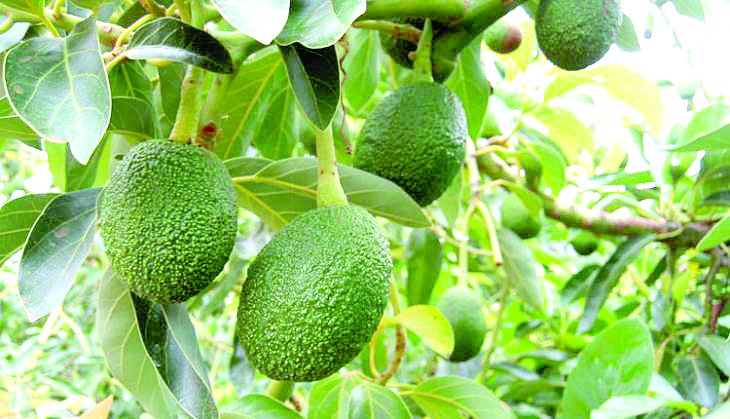Support agriculture sector adapt to climate change

Science will play a crucial role in how we adapt farming technics to address the huge consequences of climate change that is now threatening food security and nutrition.
We are highly disadvantaged as a country since most of our food is produced by small-scale farmers who have done very little to adopt modern farming methods due to resource constraints and policy gaps by both the county and national governments.
The agricultural sector was devolved shortly after the devolution came into being but the county governments have taken inordinately long to gain a footing on the sector despite its critical role in promoting rural economies.
Climate change poses real threats to Kenya’s agricultural production, forest resources, and rural economies. This threat has manifested itself through the periodic droughts witnessed across the country every year leading to huge crop losses and many cases of starvation.
Kenya’s climate is changing rapidly to warrant a focused national-driven action plan. According to the General Circulation Models (GCMs), a model used to make projections about future climate change to inform policymaking, mean annual temperature is projected to increase between 0.8 and 1.5°C by the 2030s and 1.6°C to 2.7°C by the 2060s.
Rising average temperatures around the world are disrupting weather systems. They reduce rainfall in some areas and increase it in others. Climate change also brings more extreme weather, more often.
It is a grave and worsening threat to food production by many of the world’s poorest people. For instance, according to expert estimates, every one-degree rise reduces cereal yields by about five percent – and by 2012, temperatures had risen almost one degree since 1880.
Climate variability and change, including frequent and severe extreme weather events, pose additional risks and uncertainties to the country’s agricultural production with huge repercussions on the ability to feed the rapidly burgeoning population.
The changes in temperature and rainfall patterns and extreme weather-related events have affected farmers who lack skills and tools to aid them in predicting the future to plan for crop and livestock production.
Climate change has also increased the incidences and emergence of new pests, diseases, and weeds, all of which have significantly increased agricultural yield losses, increased cost of production, leaving farmers unaware of what to do with an overall negative impact on food and nutrition.
It is estimated that over 10 million people in Kenya suffer from chronic food insecurity and poor nutrition, and between two and four million people require emergency food assistance at any given time with nearly 30 per cent of children classified as undernourished, with widespread micronutrient deficiencies.
To contain the situation, there is a need to scale up adaptation efforts – mainstreaming them into national development strategy. This should be done through an integrated policy that brings together all players involved in food production with huge consideration of the small-scale farmers, who though critical, are the most affected.
Climate-informed policies and institutional frameworks governing agriculture, and food and nutrition security play a vital role in providing an enabling environment for building farmers’ resilience and adaptive capacity within the context of a changing climate and for stimulating sustainable economic growth.










